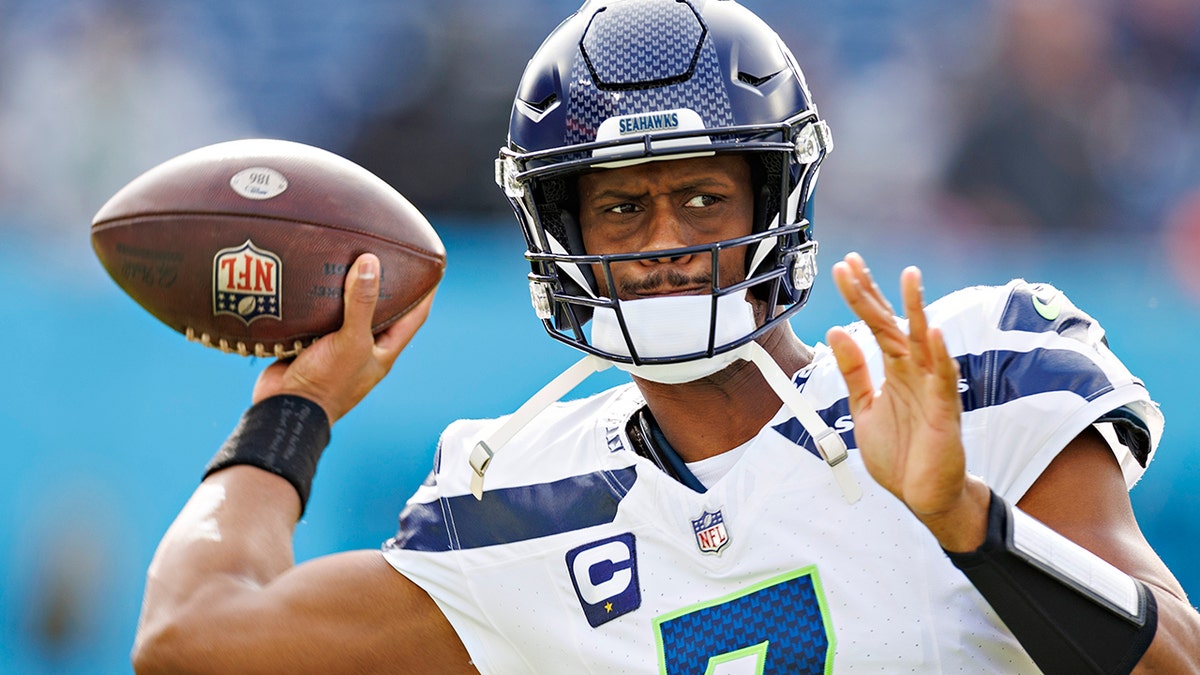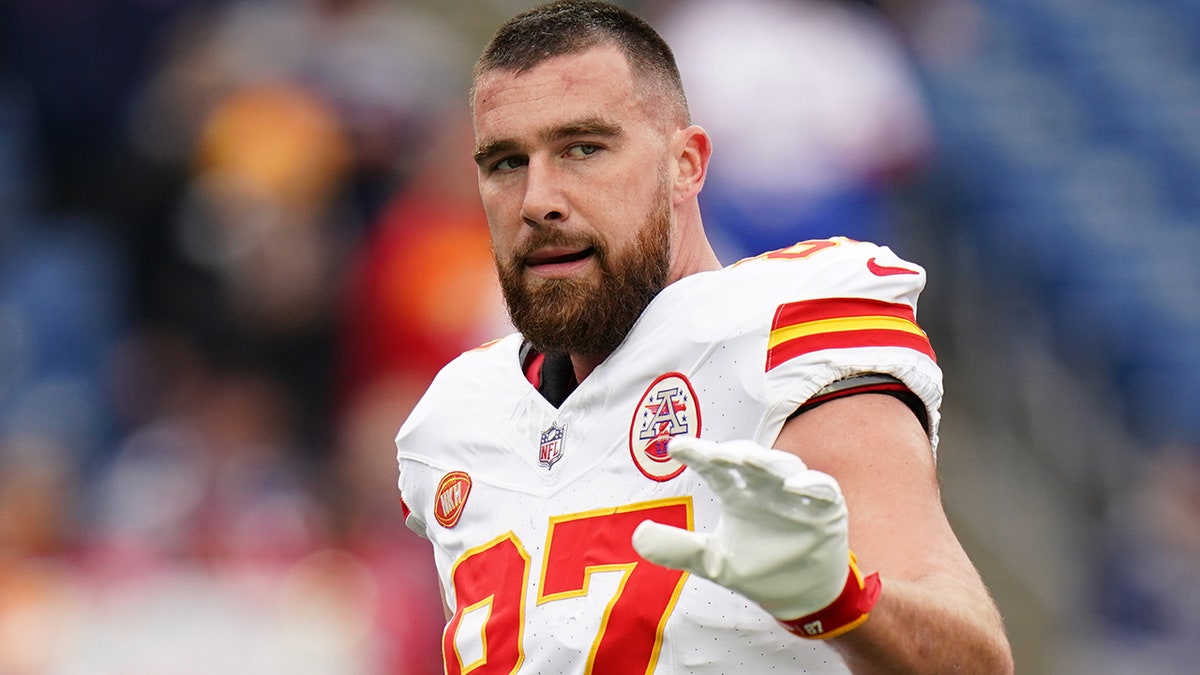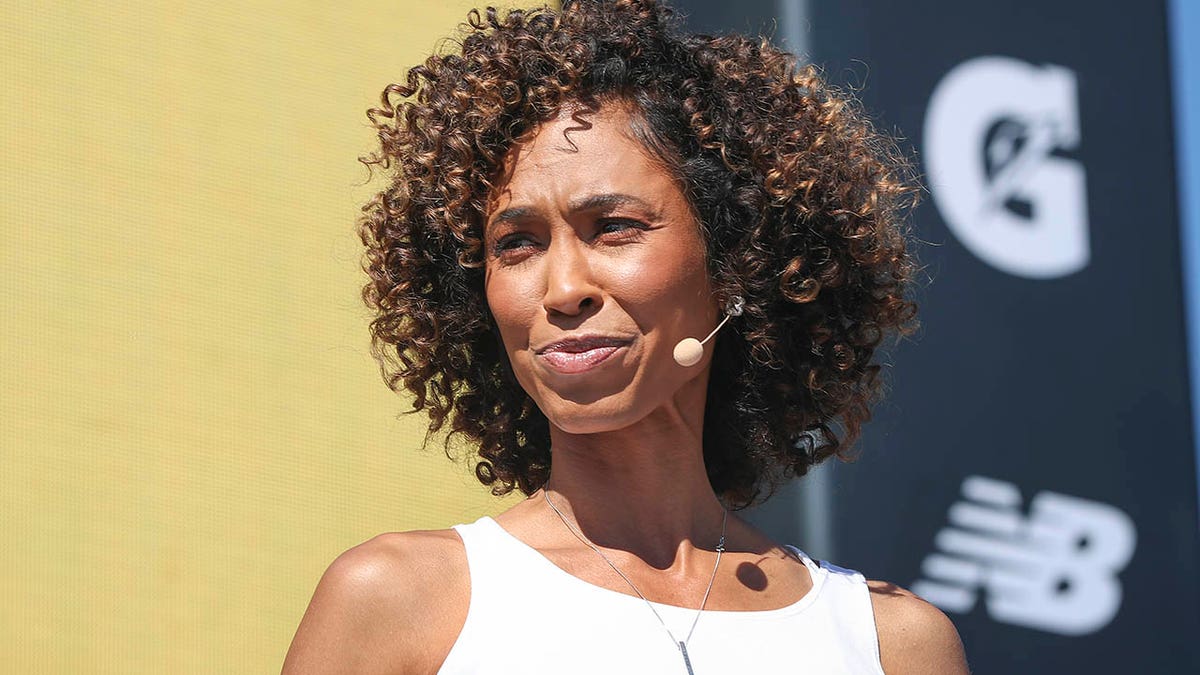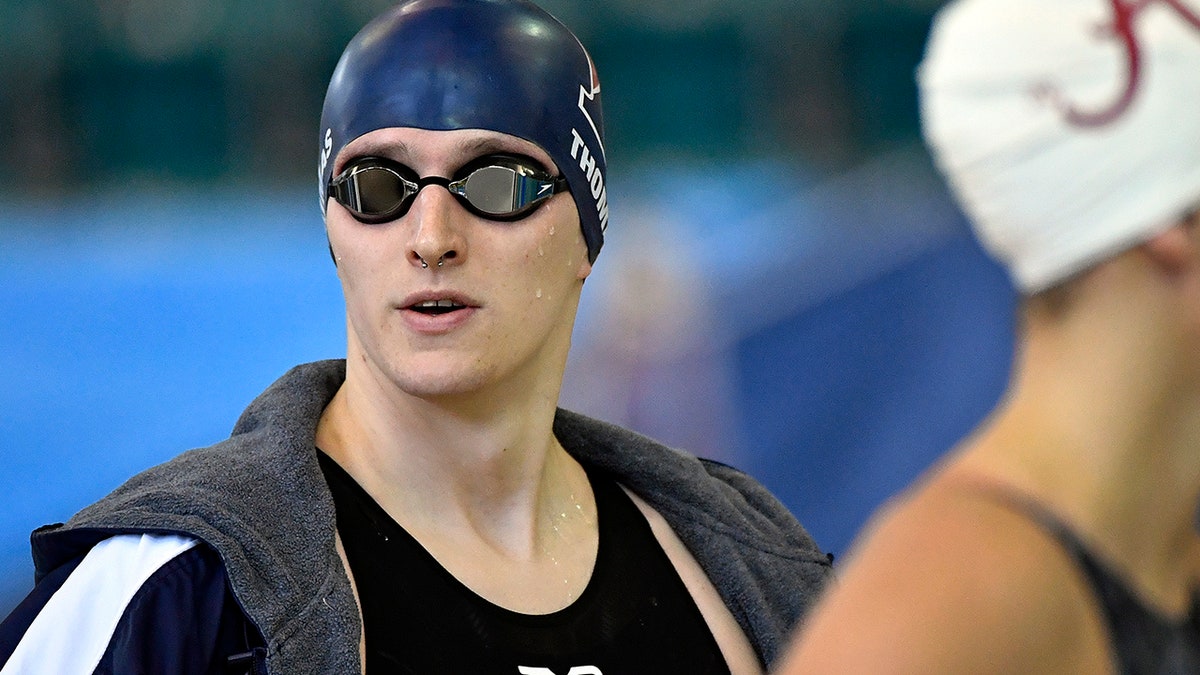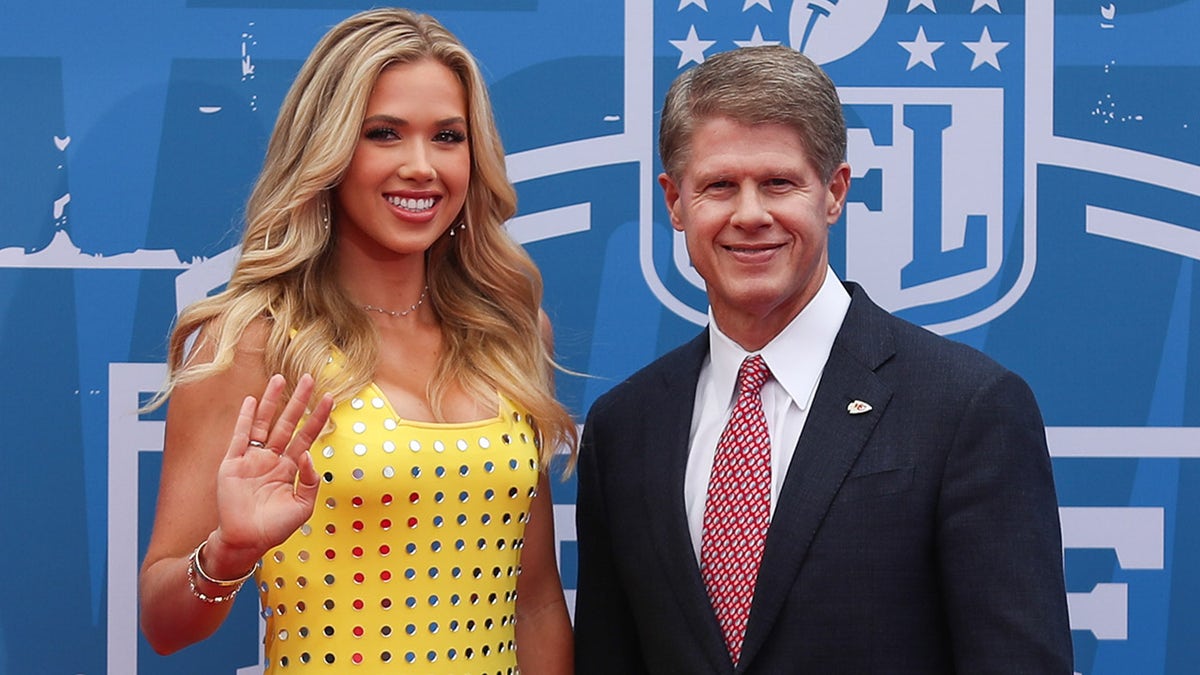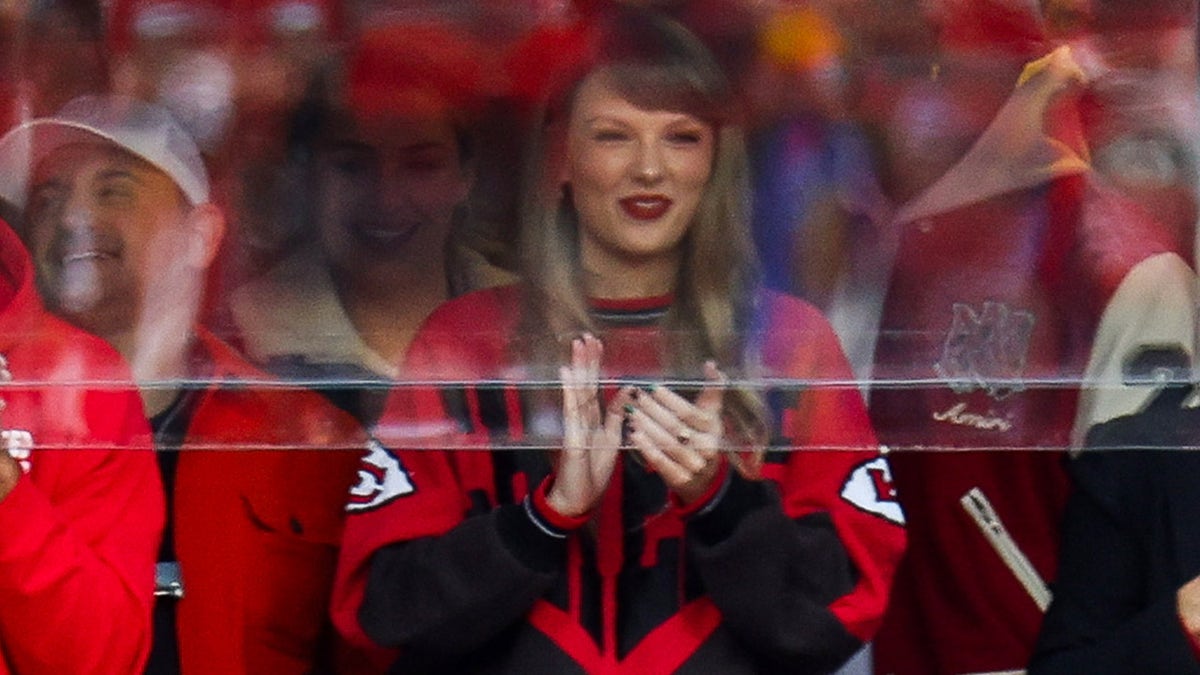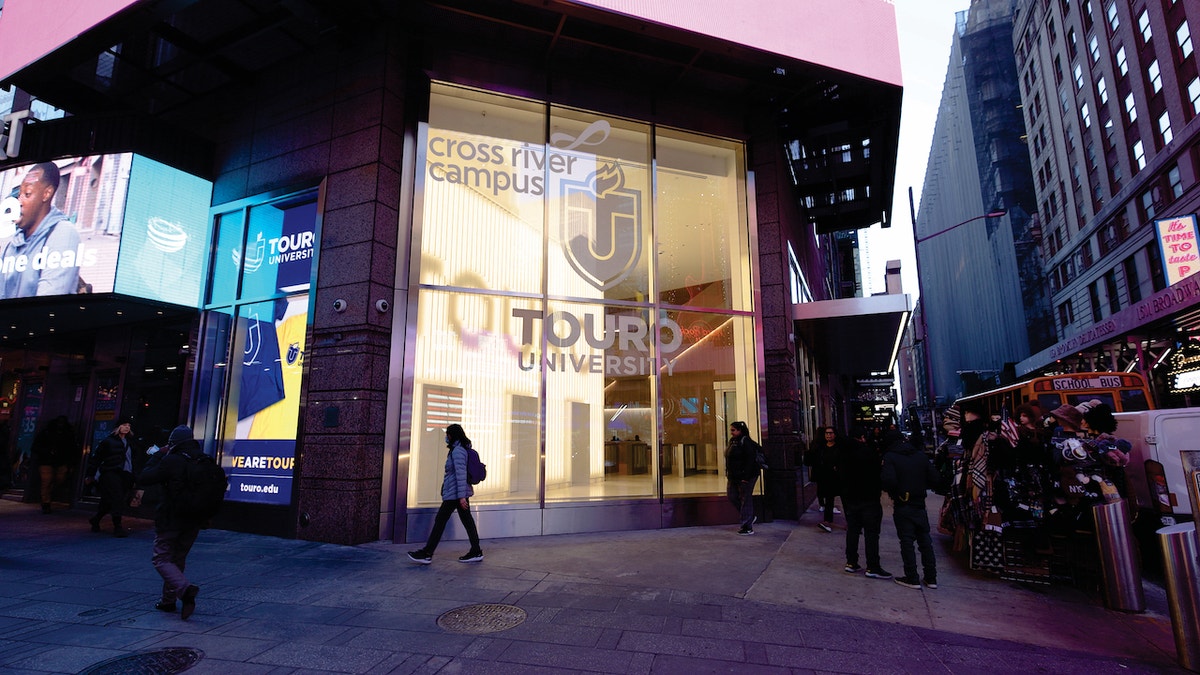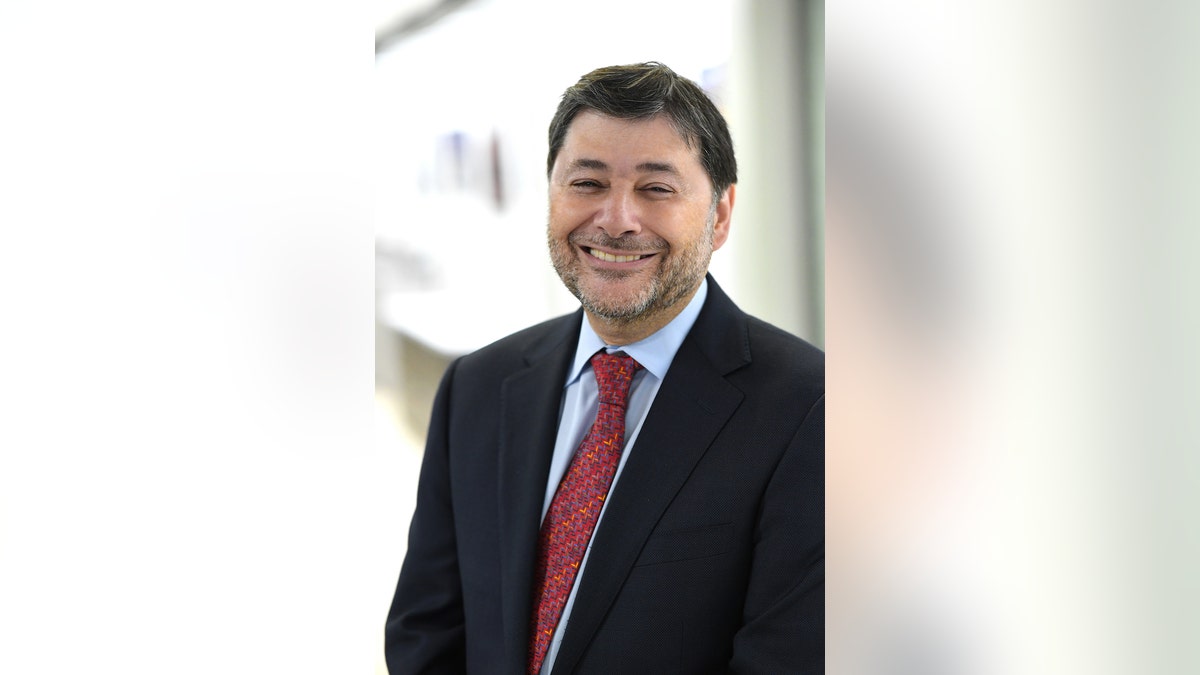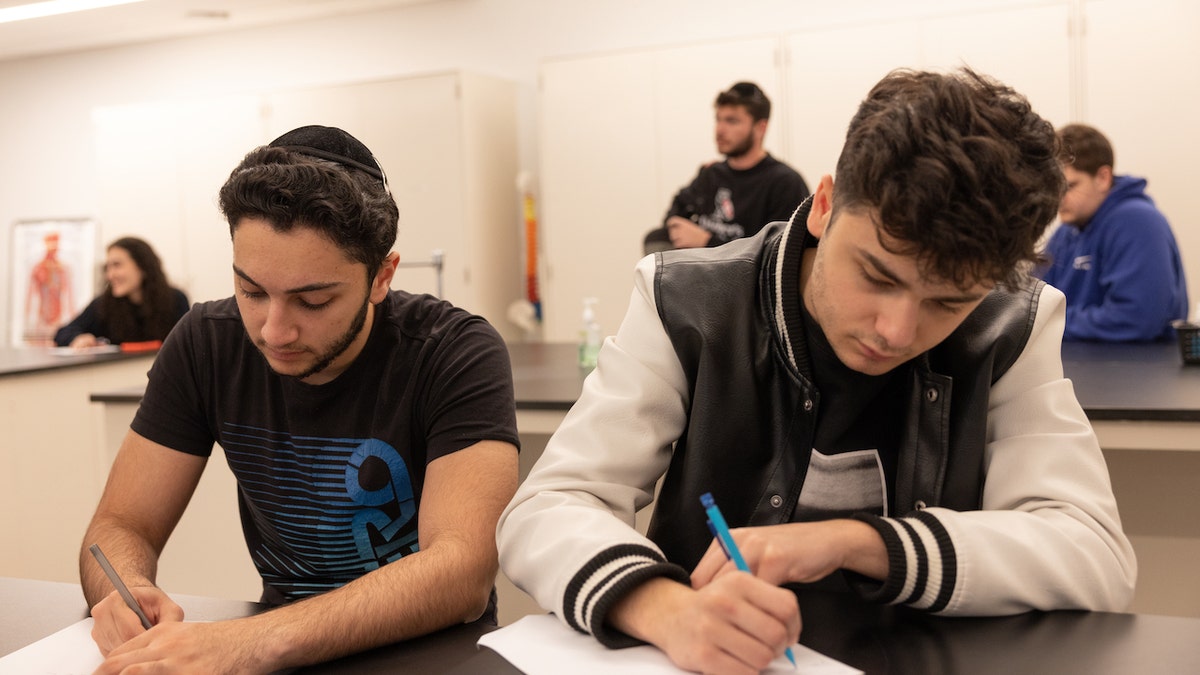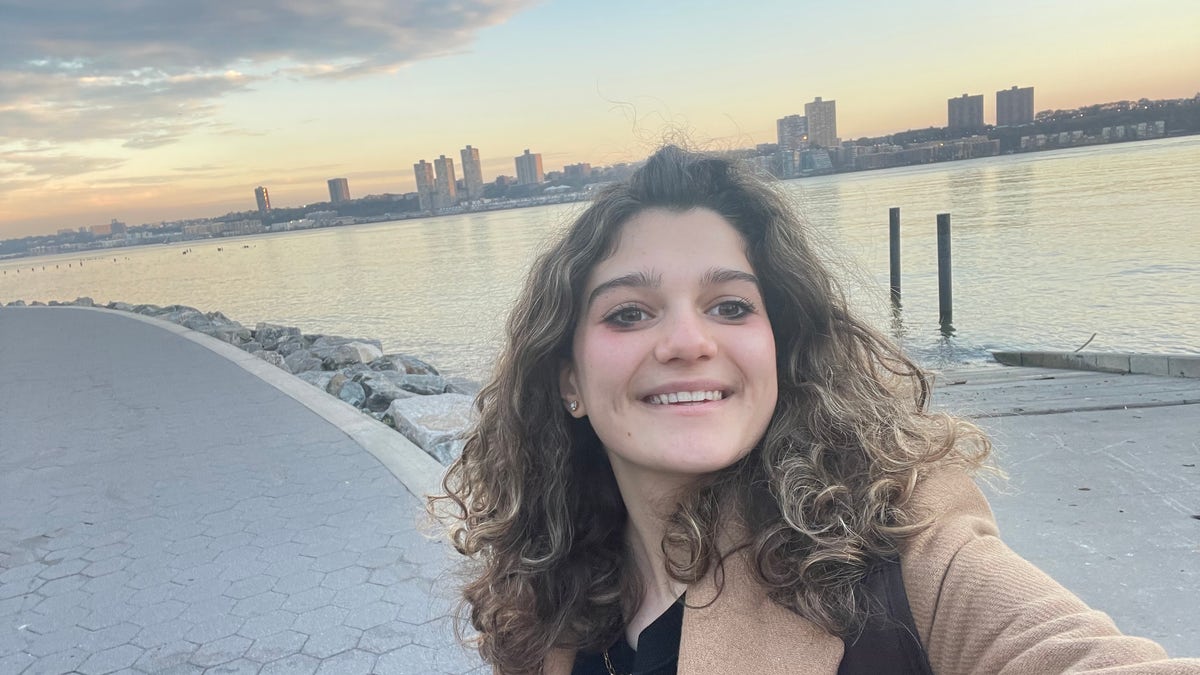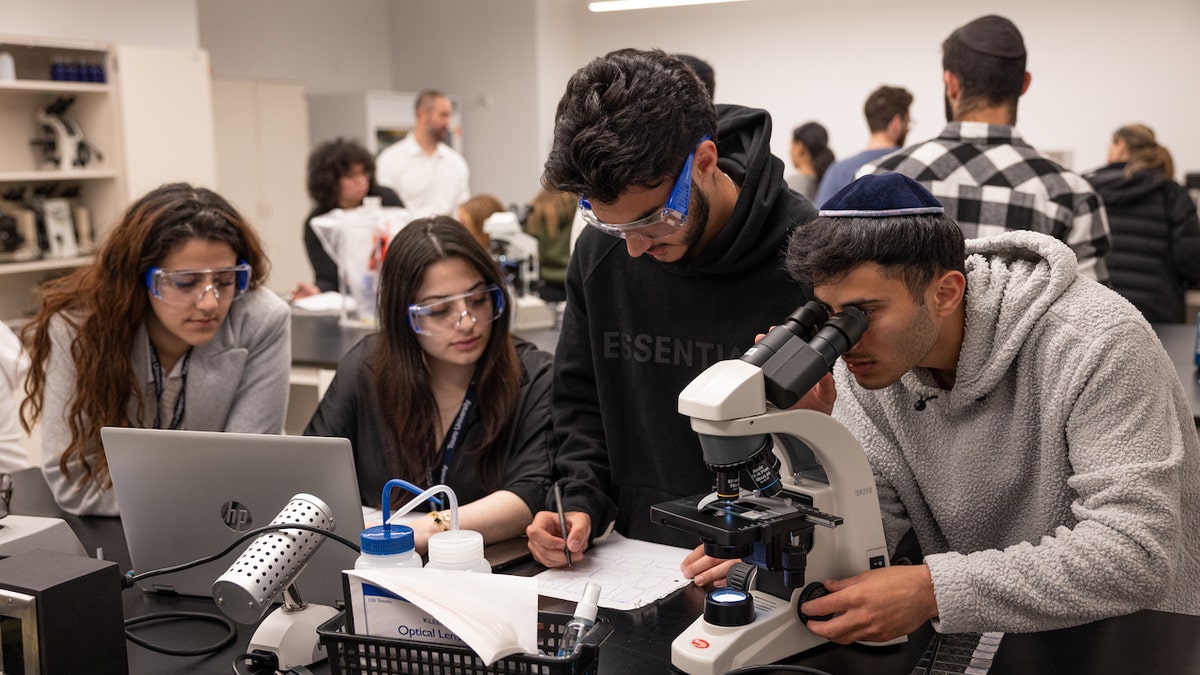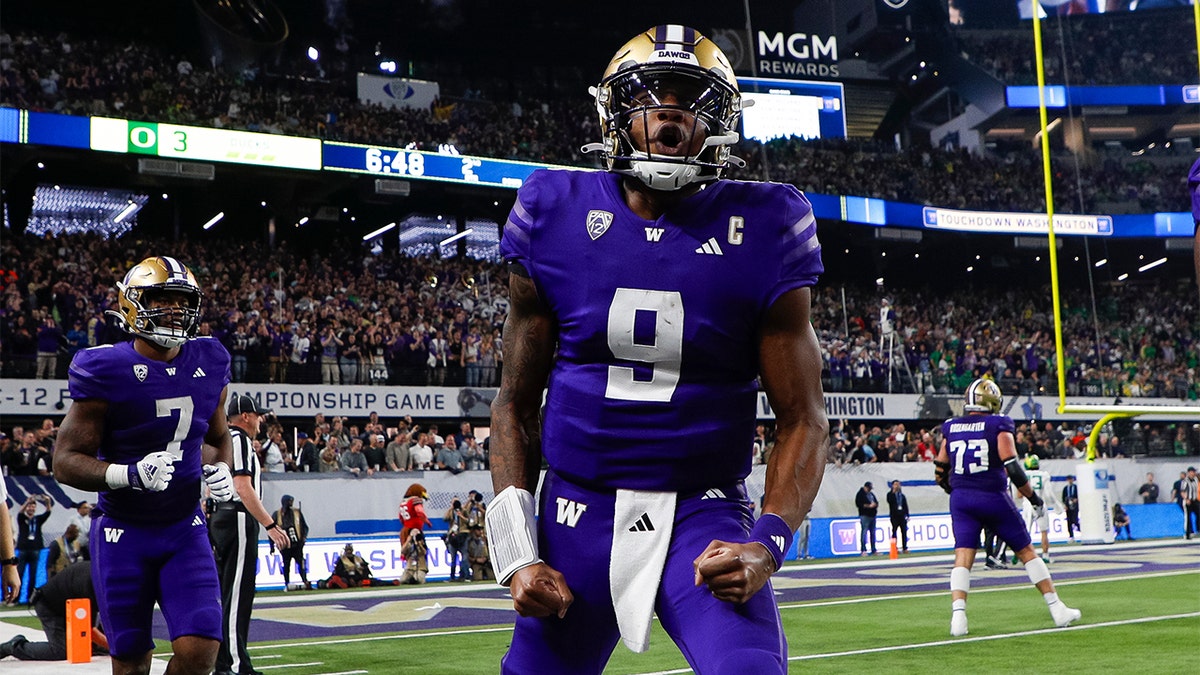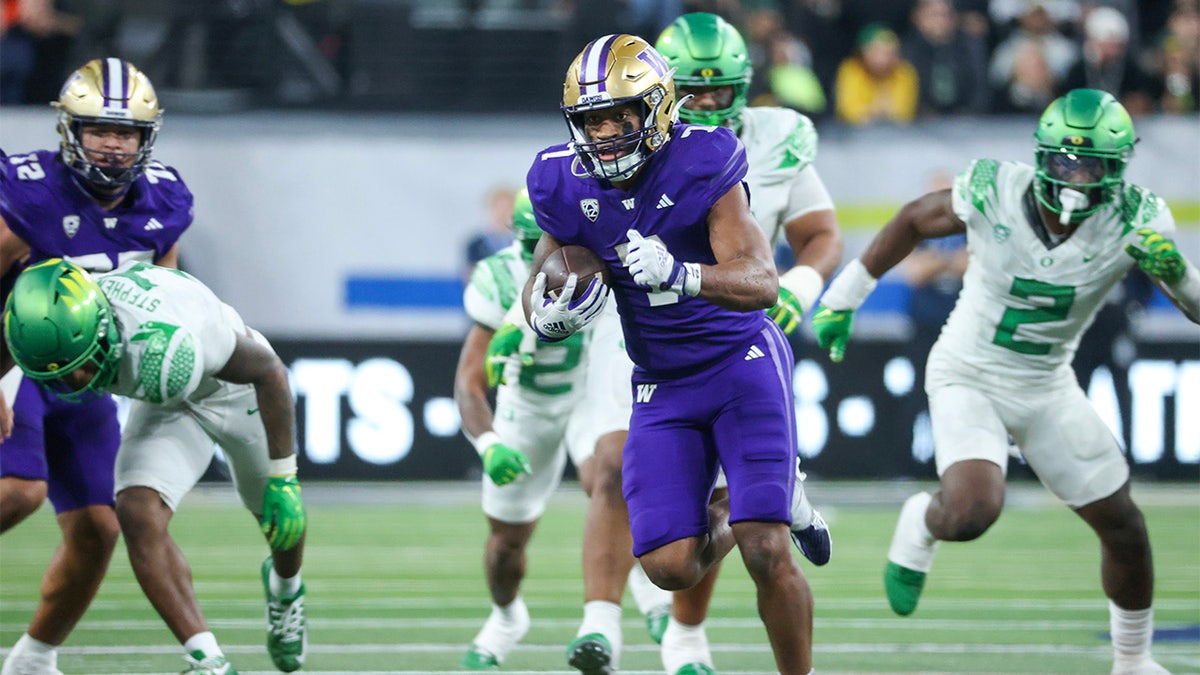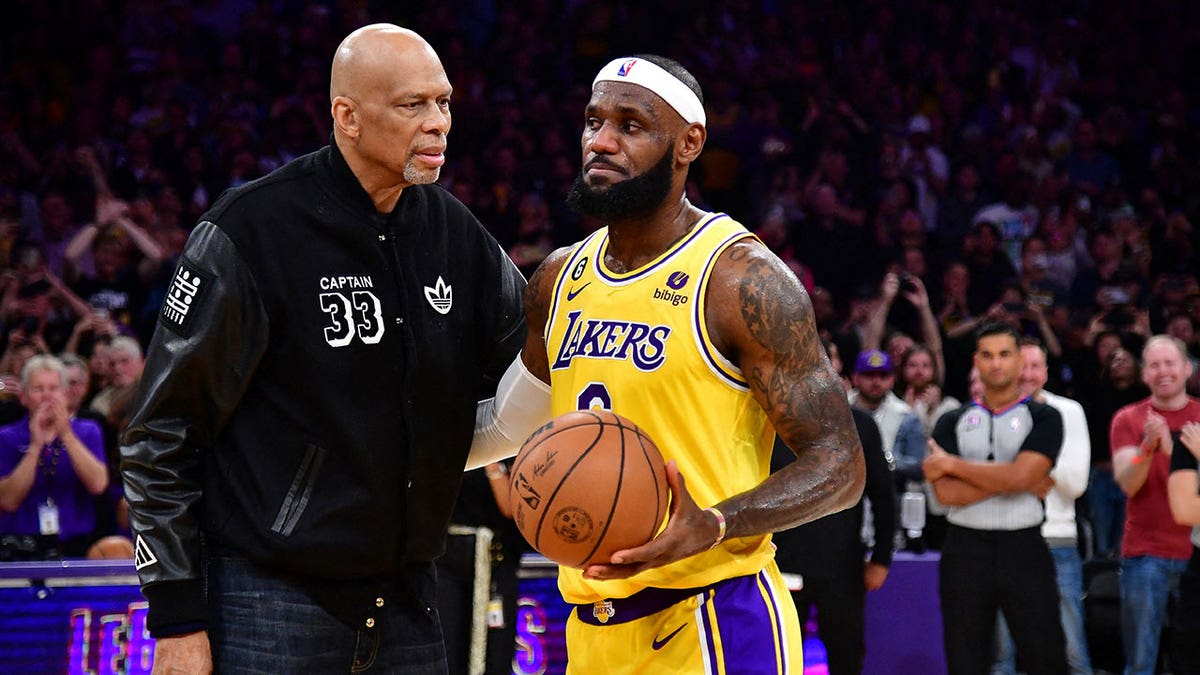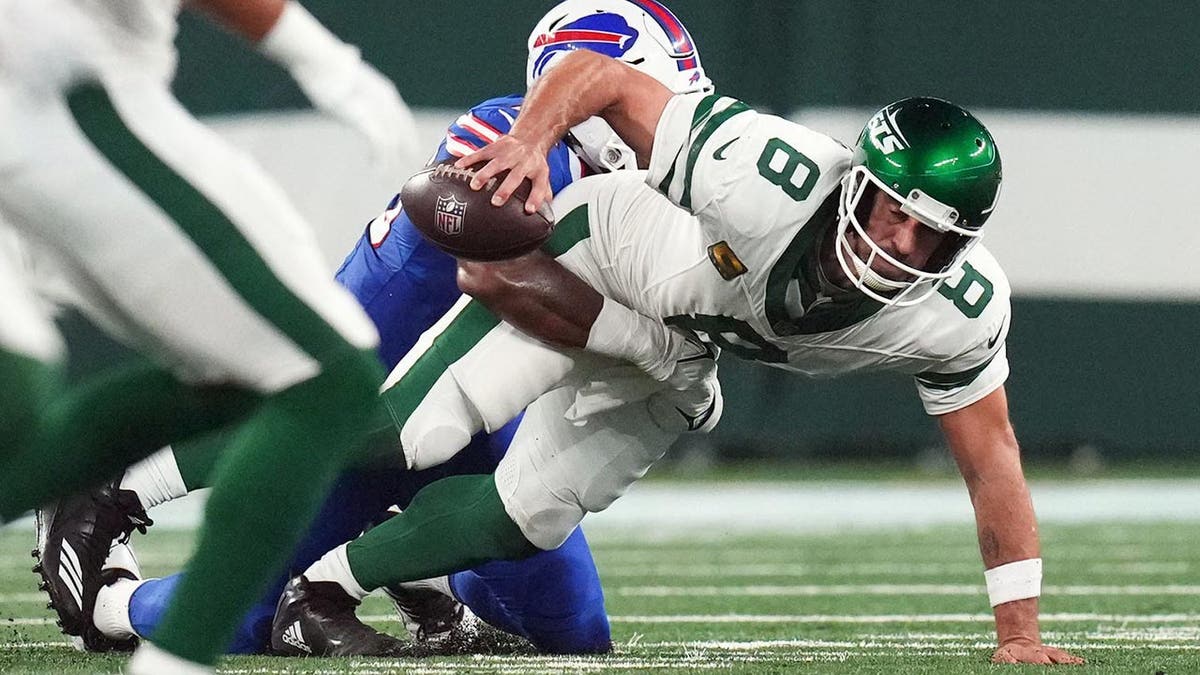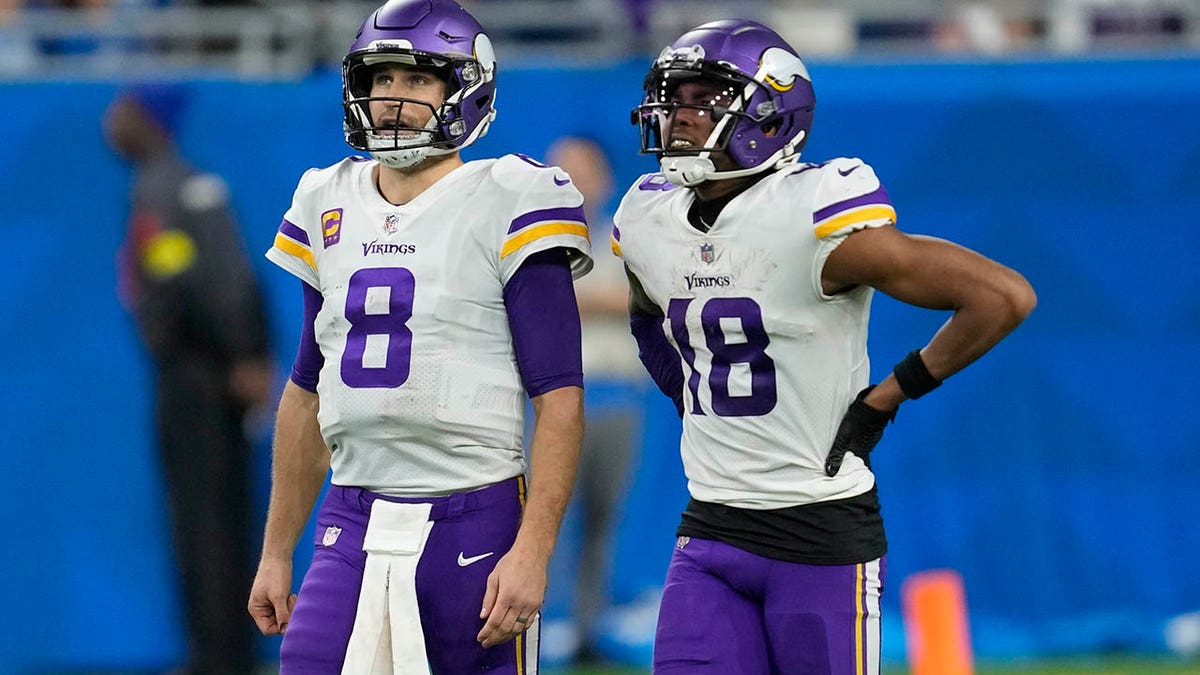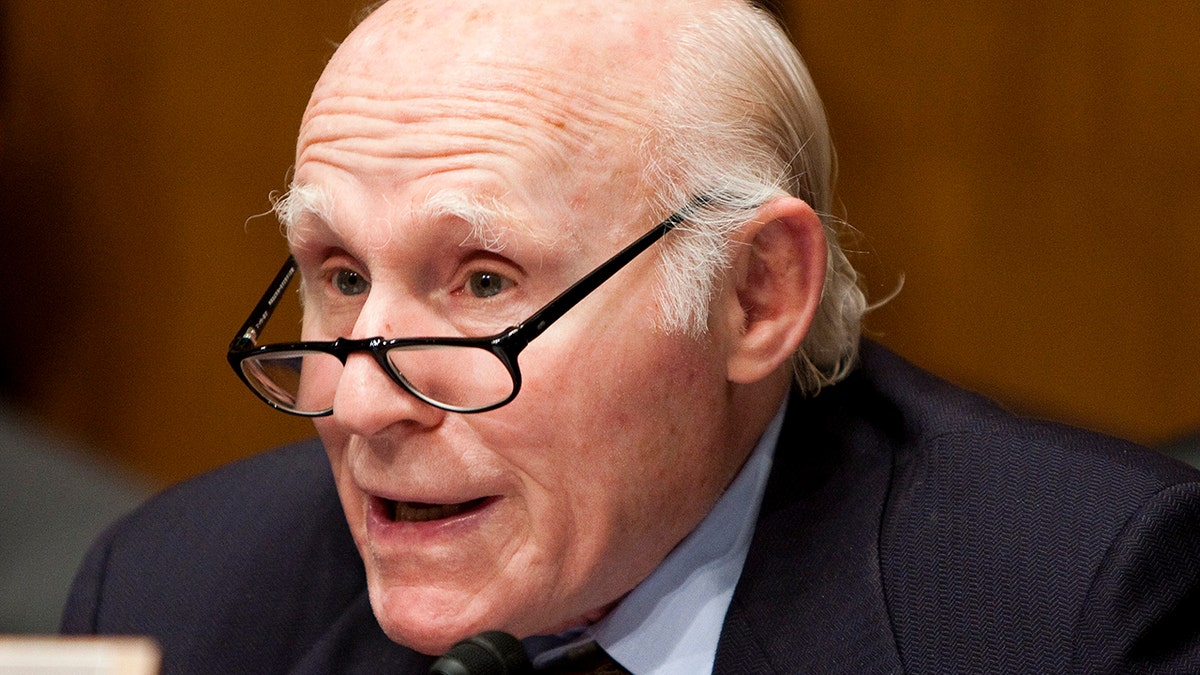Read this article for free!
Plus get unlimited access to thousands of articles, videos and more with your free account!
Please enter a valid email address.
Touro University, one of the largest private Jewish universities in the U.S., recently opened a free, walk-in mental health clinic on its Times Square campus in New York City.
One of the clinic’s goals is to assist students who may have anxiety about growing antisemitism in the city, according to the university.
Dr. Jeffrey Lichtman, the clinic’s head, as well as a current student, told Fox News Digital about the importance of protecting students’ mental health — particularly during times of conflict and persecution.
FAR-LEFT HATRED OF JEWS TODAY ECHOES THE SOCIALISM AND ANTISEMITISM OF HITLER IN THE 1930S
With over 20,000 students across many different campuses, Touro has always prioritized mental health services, Lichtman said during a Zoom interview.
“Research has shown that since the pandemic, the levels of reported anxiety and depression have not gone down — they have either remained the same or even increased,” said Lichtman, the director of student mental health services at the university.
Touro University students are pictured at a pro-Israel protest on campus. “There is lots of anxiety, general feelings of unease and a sort of pervasive sadness,” said the head of the mental health clinic. (Touro University)
In many cases, students will seek help for anxiety related to academics, relationships, illness or career uncertainty. Yet in recent months, there have been heightened concerns surrounding the waves of antisemitism that have been reported throughout the city.
CHILDREN HELD HOSTAGE BY TERROR GROUP: ‘BRING THEM HOME NOW’ SAYS IT WON’T REST UNTIL ALL ARE SAFELY RETURNED
While the university hasn’t experienced blatant acts of antisemitism, Lichtman said there have been “minor, low-level incidents.”
“There is lots of anxiety, general feelings of unease and a sort of pervasive sadness,” he said.
“You put on the news and there’s very little other than who was killed today, or what violence is going on in different parts of the world or in your own city,” he went on.
Touro University, one of the largest private Jewish universities in the U.S., recently opened a free, walk-in mental health clinic on its Times Square campus in New York City. “There is lots of anxiety, general feelings of unease and a sort of pervasive sadness,” said a university official. (Touro University)
“But people’s individual lives go on, with a kind of heaviness. And so we try to provide some perspective and balance to help them.”
The bulk of the university’s mental health service offerings have been individualized counseling, but some students prefer the “relative anonymity” of a group session or may crave the feeling of belonging.
“You know, it’s a lonely world out there, in the age of social media,” Lichtman pointed out. “You can have 1,000 friends and still have no meaningful friendships or relationships. And so being part of a group can begin to address that in some small way.”
“With all the challenges that may exist in the U.S., it is still an amazing, wonderful country.”
The clinic also offers workshops on managing anxiety and practicing mindfulness.
The goal of the new drop-in center is to provide one more option for students who need impromptu support without having to make an appointment.
“Maybe they’re on campus and they had a tough day, and they just want to peek in and see who’s there,” said Lichtman. “We’re trying to support students in ways that will speak to them.”
Dr. Jeffrey Lichtman is the head of the new mental health drop-in clinic. “We’re trying to support students in ways that will speak to them,” he said. (Touro University)
For some students, the drop-in center has served as a stepping stone to getting longer-term care.
“It’s a first step — we get them in the door and then many want to continue with individual counseling,” said Lichtman. “The primary goal is to get them to engage in a more ongoing and committed sort of way.”
WOMAN VANDALIZES ISRAELI HOSTAGE POSTERS RIGHT IN FRONT OF CAPTIVES’ FAMILY MEMBERS IN NEW YORK CITY
Yakira Colish, a political science honors student at Touro’s Lander College for Women, told Fox News Digital that she appreciates the extra mental health services the university offers — especially in the wake of the Oct. 7 attacks on Israel.
“It’s been more difficult in our college, especially the one that I’m in, which is entirely Jewish and orthodox, with really strong ties to Israel,” she said.
Two students at Touro University are shown in a classroom. “It’s been more difficult in our college, especially the one that I’m in, which is entirely Jewish and orthodox, with really strong ties to Israel,” a student told Fox News Digital. (Touro University)
“We’ve all been following the news, and that has contributed to heightened levels of anxiety, checking in to make sure your relatives are alive, which is a real concern.”
She added, “There is a general feeling among a lot of Jewish students — not just in Touro — that America may be just as dangerous as Israel.”
The mental health resources are especially vital in New York City, Colish noted, which she described as having “a bit of antisemitic undertones.”
DEPRESSION AND ANXIETY RATES HIGHER AMONG COLLEGE STUDENTS THAN THEIR PEERS, NEW STUDY SUGGESTS
“There have been threats to Jewish schools and synagogues,” she said. “And when I walk around my dorm, there are posters of kidnapped children ripped down. I feel like anything can happen at any moment.”
While the students at Touro have been relatively “sheltered” from antisemitism, according to Colish, she is concerned about what will happen when they move on to graduate schools or law schools.
The bulk of the university’s mental health services has been individualized counseling, but some students prefer group sessions. (Touro University)
“I think a lot of us are keeping up with the news of what’s been going on at top universities — and we can’t escape the fact that there’s antisemitism,” she said.
Colish, who is pursuing a career in diplomacy, recently applied to Harvard Divinity for a master’s in theology.
“In my circles, there’s a lot more hesitancy now when people hear I’m going,” she said. “There’s a real fear for my safety.”
“There is a general feeling among a lot of Jewish students … that America may be just as dangerous as Israel.”
On the other hand, Colish said she doesn’t believe avoiding those places is the answer.
“I don’t believe the solution is to like vacate spaces of pro-Israel voices,” she told Fox News Digital. “I think that could be more dangerous. But I think there’s a very weird irony to the world right now.”
Yakira Colish, a political science honors student at Touro’s Lander College for Women in New York City, told Fox News Digital that she appreciates the extra mental health services the university offers — especially after the Oct. 7 attacks on Israel. (Yakira Colish)
Some of the students have also experienced feelings of guilt, Lichtman and Colish agreed.
“These are 20-year-olds who are applying to grad school, trying to move on with their lives or just having a good time with their friends, while they have family in Israel,” said Lichtman.
“Some of them have disclosed to us feelings of guilt, saying, ‘How can I hang out with my friends when my cousin or my brother is in the Israeli army?’”
Tips for combating anxiety
Not all anxiety is necessarily bad, Lichtman pointed out.
“A low amount of anxiety is actually very normal and even healthy — but when it becomes so intense and pervasive that it gets in the way of day-to-day functioning, that’s when it becomes problematic,” he said.
AMERICAN COLLEGES ROCKED BY NUMEROUS ANTISEMITIC INCIDENTS IN 2023: ‘THE FACE OF VIOLENCE AND HATE’
It’s important for students to recognize when they need help, the doctor said.
“We live in a culture of rugged individualism, where the message is that we should be able to handle it ourselves, but that’s not true — everybody needs help,” he said.
Talking about the anxiety is a simple yet highly effective strategy, said Lichtman — something he calls “naming the monster.”
Yakira Colish, a student at Touro, told Fox News Digital that she has seen posters of kidnapped Israelis ripped down near her dorm. (Yakira Colish)
“Talking about the source of anxiety literally helps to bring it down,” he said. “For one, it might be food, for another it might be religion. Naming the monster helps to tame the monster.”
Acknowledging and expressing gratitude is an important tool for combating anxiety, Lichtman said.
“For all the challenges that we may have, we also have blessings,” he said. “Sometimes it’s family, sometimes it’s friends, sometimes other things.”
CLICK HERE TO SIGN UP FOR OUR HEALTH NEWSLETTER
For many of Touro’s students, they may be the first in their families to go to college, for example, or the first to live in the United States.
“With all of the challenges that may exist in the U.S., it is still an amazing, wonderful country,” Lichtman pointed out.
“I think it’s important to reflect on those blessings, as they give us perspective and balance that helps us better manage the anxiety.”
Students are pictured working in a lab at Touro University. More than 20,000 students are enrolled across the university’s campuses. (Touro University)
From a student’s standpoint, Colish recommended that young people keep up with the news, but in moderation.
In terms of managing anxiety, exercise is one of her most effective tools.
“Whenever I’m having a lot of big feelings, I like to go on a run or go rock-climbing,” she said. “Movement is incredibly helpful.”
CLICK HERE TO GET THE FOX NEWS APP
“I also find it oddly comforting that this is sort of a wave of history that has happened before,” Colish added. “Jewish history is like this, with ups and downs.”
“As a nation, we’ve been through it before and we’ll go through it again.”
For more Health articles, visit www.foxnews.com/health.
